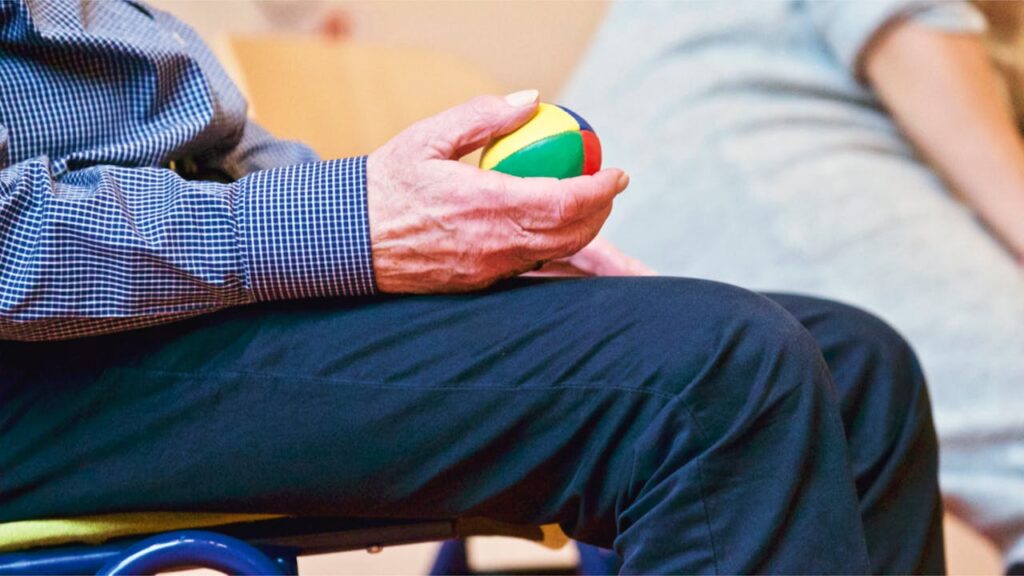Home Safety Tips for Surviving Extreme Weather Events and Climate Change
Home Safety Tips for Surviving Extreme Weather Events and Climate Change In recent years, the evidence of climate change has become indisputable, with the increasing frequency and severity of extreme weather events posing a direct threat to residential safety. Homeowners and families must understand these risks and take comprehensive measures to protect their homes and loved ones. This post provides authoritative and service-oriented advice on preparing for extreme weather events, enhancing your home’s safety, and contributing to broader climate change resilience efforts. Weather-Proofing Your Home The first step in safeguarding your residence involves weather-proofing, which requires a strategic and multi-faceted approach based on the specific challenges presented by different types of extreme weather. For Hurricanes: Reinforce your home’s windows and doors, including the use of storm shutters and high-quality sealing solutions to prevent water intrusion. Ensure your roofing is securely fastened and consider installing hurricane straps for added stability. Against Floods: Elevate electrical systems and appliances, and use flood barriers or sandbags when needed. Ensuring proper drainage around your property can significantly reduce flood water impact. To Withstand Wildfires: Create a defensible space around your home by clearing away debris and flammable vegetation. Use fire-resistant materials for roofing and siding to enhance your home’s resilience against wildfires. During Extreme Temperatures: Insulate your home effectively to maintain internal temperatures and reduce energy consumption. Consider the installation of energy-efficient windows and doors, as well as heating and cooling systems. Emergency Preparedness Kits An essential aspect of preparedness is having a well-assembled emergency kit ready. Your kit should be tailored to meet the needs of your household and the specific weather scenarios you may encounter: Essentials include: Water (one gallon per person per day), non-perishable food items, a flashlight with extra batteries, a first-aid kit, medications, and personal hygiene products. For colder climates: Ensure you include warm clothing, blankets, and ways to generate heat. In flood-prone areas: Have waterproof containers for important documents and a supply of sandbags. For all scenarios: A battery-powered or hand-crank radio is essential to stay informed during emergencies. Sustainable Living Practices Contributing to the mitigation of climate change is not only a global responsibility but can also enhance your home’s resilience. Implementing energy efficiency measures, conserving water, and reducing waste are practical steps that every homeowner can take: Energy Efficiency: Upgrade to energy-efficient appliances, install solar panels, and use LED lighting to reduce your carbon footprint and energy costs. Water Conservation: Install low-flow fixtures, collect rainwater for garden use, and practice xeriscaping to reduce dependence on water resources. Waste Reduction: Adopt recycling and composting, minimize the use of disposable products, and support sustainable practices within your community. Community Safety Initiatives Engaging in community preparedness programs can significantly enhance local resilience to extreme weather events. Participating in or establishing neighborhood safety initiatives ensures shared information and resources, making communities stronger and more prepared: Join local emergency response teams or start community safety workshops. Share knowledge on emergency preparedness and sustainable living practices. Collaborate with local authorities and organizations to improve community-wide emergency response strategies. Conclusion The threat posed by extreme weather events in the context of climate change requires a proactive and comprehensive response from homeowners and communities alike. By weather-proofing your home, preparing emergency kits, adopting sustainable living practices, and participating in community safety initiatives, you can significantly enhance your resilience to extreme weather and contribute to the broader fight against climate change. Following these steps is not just about protecting your property but ensuring the safety and well-being of your family and community for years to come. Together, through informed decision-making and practical action, we can tackle the challenges posed by extreme weather and climate change head-on.


